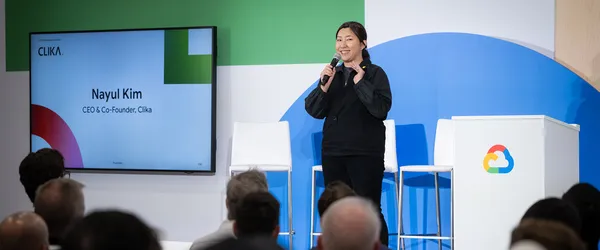Google held its annual Google Marketing Live virtual event on May 23rd, and if you’re familiar with the evolution of the Google Ads Platform, you should already know which buzzwords are coming out of it. During this event, the...
Google held its annual Google Marketing Live virtual event on May 23rd, and if you’re familiar with the evolution of the Google Ads Platform, you should already know which buzzwords are coming out of it. During this event, the Google Ads (and various other teams) at Google showcase their advancing technologies and its general roadmap for the near future, including what changes are coming to the marketing landscape in Google Search, YouTube, Shopping, and more.
There are hundreds of long, detailed reviews and recaps of the event, but these are the key takeaways from the event and how they could impact your business:
1. AI Is Becoming More and More a Part of The Various Google Spaces
Artificial Intelligence has been part of Google for years, with everything from predictive search to optimized bid strategies, and one of the dominant topics this year was AI. More importantly, using AI to change the tone of search (Conversational Search Experiences), develop creative variance (Generative AI), and generative AI for Performance Max campaigns. Many of us have become comfortable with the various AI-driven tools within Google Ads, like advanced bid strategies and dynamic campaigns, but there are still a number of factors that need testing before full-scale adoption.
For example, Google AI for Conversational Search scans your landing page content and uses AI to assist with developing ad content, conversational pieces, and assistance leading potential customers through the consumer journey. From our experience, for this to work flawlessly in any situation, the website content needs to be complete, concise, and easily understood by the AI so it can help move users in the correct fashion. If not, then you run the risk of isolating users.
During the event, Google shared this checklist to see if your business is ready to start engaging in new AI capabilities.
2. Google Analytics 4 Is Coming, If You Didn’t Know That Yet
As part of the evolution to AI, Google Analytics 4 will have a major role in its overall AI and predictive capabilities. There’s, like, 30ish days left of Universal Analytics working, so if you haven’t converted yet, you probably should.

3. Brand Restrictions
If you have a culture that encourages experimentation and campaign evolution, you should be aware that part of Google’s AI push is to use Broad Match keywords. Those who have been running Search Campaigns for an extended period should know that Broad Match has historically had its challenges, especially after Broad Match Modified was eliminated. Even with frequent experiments, we’ve rarely seen Broad Match perform better than other match types and strategies. With the new Brand Restrictions, you should be able to focus your search terms toward specific brand focuses, helping eliminate the wasted spend that can normally be associated with Broad Match keywords.
4. New Campaign Types
Along with this, new campaign types will be coming into play, namely Video View and Demand Gen campaigns. While not every campaign type is ideal for every business, these look to hold some potential for businesses looking to expand reach, find the elusive Gen-Z in the digital spaces, and help build demand for products or services.
While these are only a few of the points made during the Google Marketing Live virtual event, they’re the ones that caught my eye for most marketing applications. Look for these in the wild in the coming months.
If you’re interested in exploring the many new options coming to Google Advertising in the coming year, drop us a line and St. Gregory is more than happy to discuss the potential digital options for your business.
The post The Future of Marketing, According to the Google appeared first on St. Gregory.











